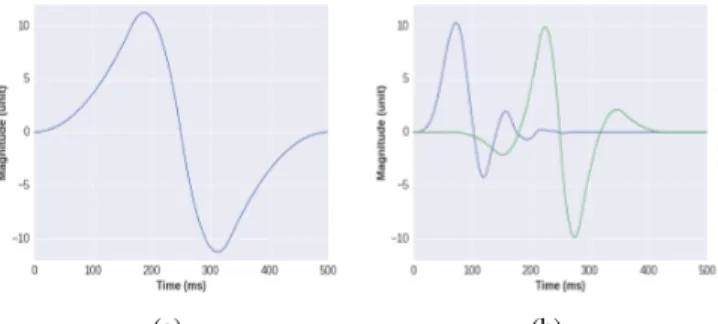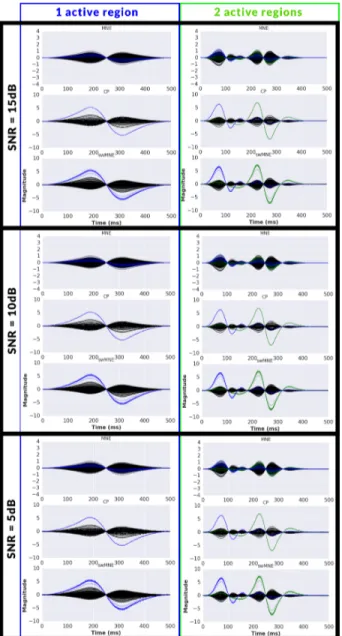Spatial regularization based on dMRI to solve EEG/MEG inverse problem
Texte intégral
Figure


![Fig. 4: The l 1 -norm of the reconstructed sources, from MEG [11], of Subject 1 displayed on the inflated surface](https://thumb-eu.123doks.com/thumbv2/123doknet/13393529.405640/5.918.99.824.78.336/fig-norm-reconstructed-sources-subject-displayed-inflated-surface.webp)
Documents relatifs
Nous avons montré dans un premier temps que l’introduction de métaux de transition dans le semi-conducteur ZnSe, de type II-IV à structure wurtzite, tend à modifier les
Despite the small size of some datasets, U-Net, Mask R- CNN, RefineNet and SegNet produce quite good segmentation of cross-section.. RefineNet is better in general but it
Elles dépendent des nombres d’événements attendus nominaux (s nom cl et b nom cil ) et des incertitudes statistiques sur ces deux nombres (σ cl et σ cil ). Les fonctions
- Le lymphome gastrique à grandes cellules (haut grade de malignité) se présente sous la forme d’une tumeur généralement volumineuse et le plus souvent ulcéré à
Bien qu’improvisées, ses interventions résultent d’une synthèse immédiate des objectifs qu’il poursuit, de sa maîtrise de la matière à enseigner, de ses habiletés en
The peak is large compared to the absorption shoulder observed in the experimental results, but this is due to the fact that, in the FDTD model, the Au NPs (and the Pd Shell)
Figure 1: a) Laser cladding process using coaxial injection of powders, b) Influence of coefficients of thermal expansion (CTE) on the residual stresses (ad: CTE of the coating, as:
We study the maximum likelihood estimators of the polarization degree of polarimetric images using different combinations of